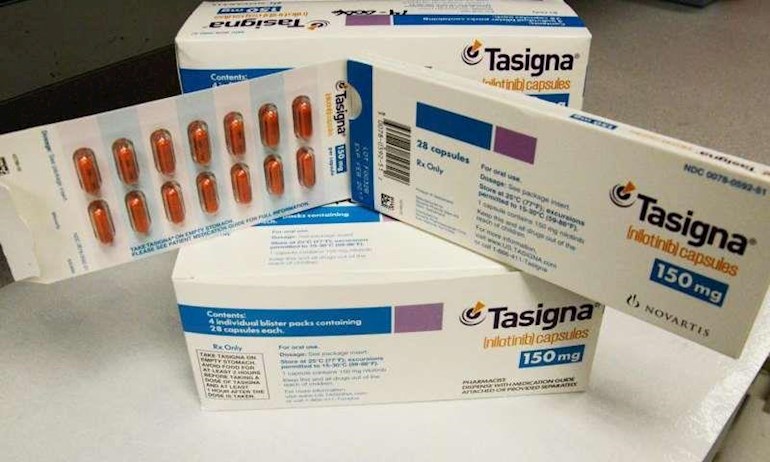Nilotinib seen to be safe and tolerable, but study strictly excluded those with heart issues or other health challenges
No observed clinical benefit nor biological effect seen
c-Abl remains target of interest and research in Parkinson’s disease
NILO-PD steering committee has accelerated announcement of study results to keep Parkinson’s community informed.
